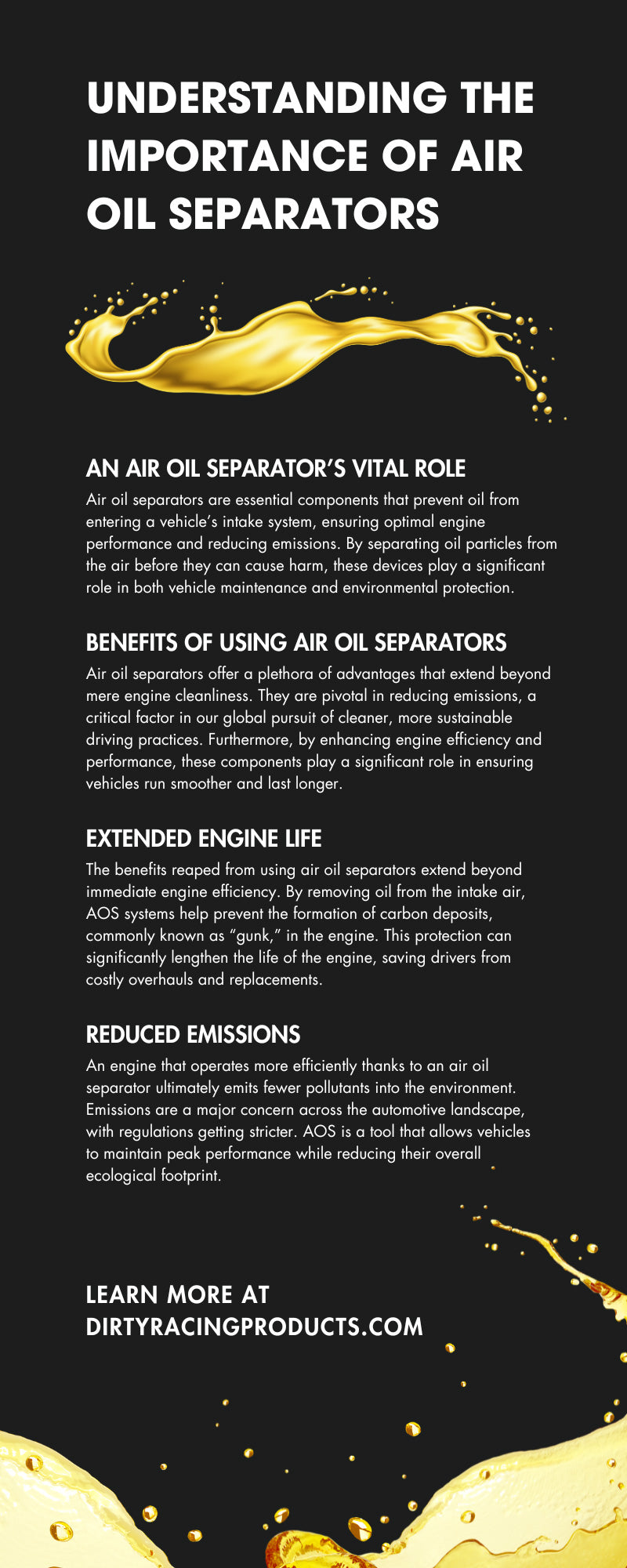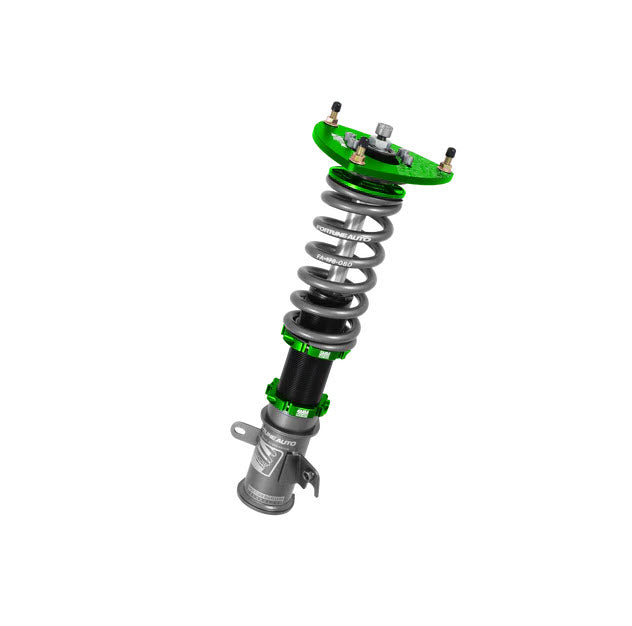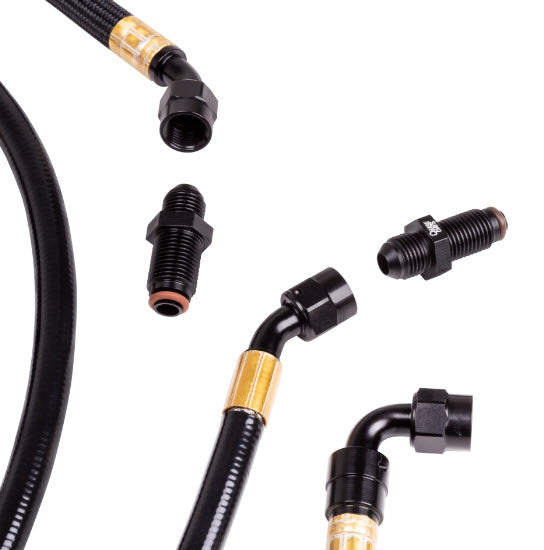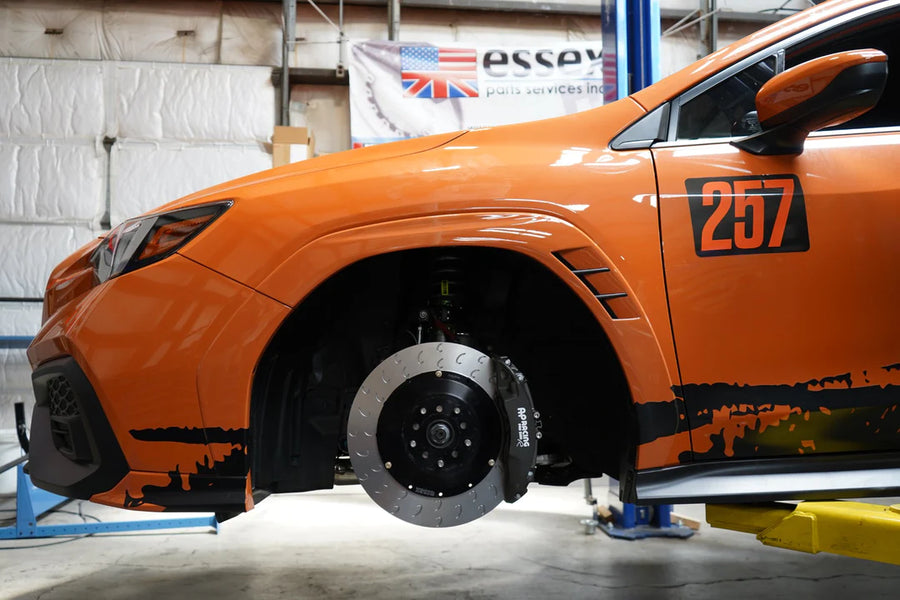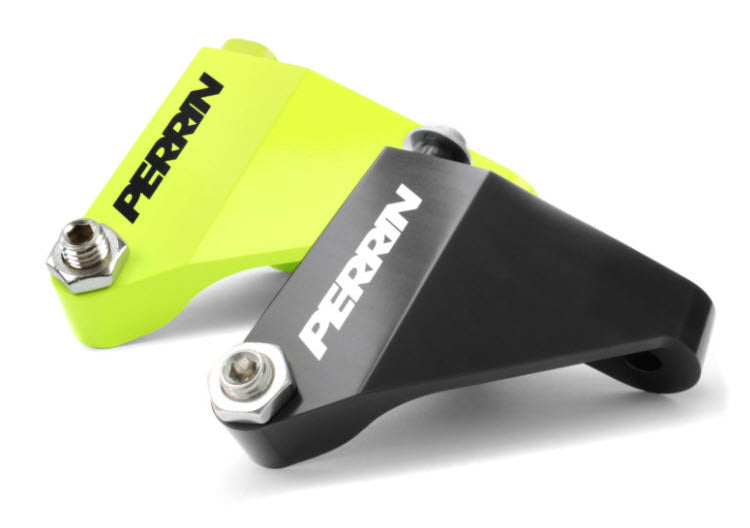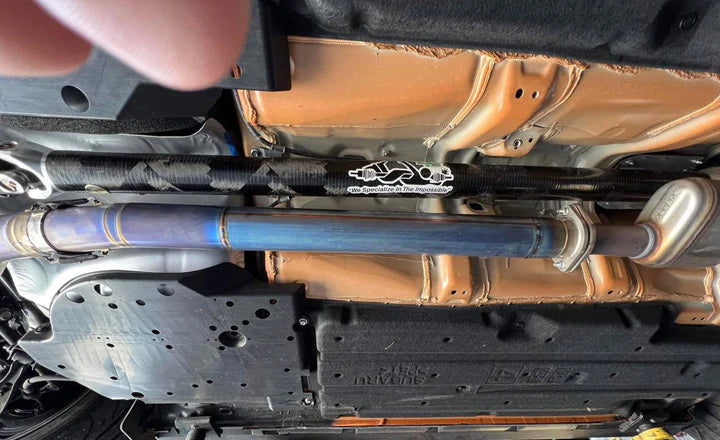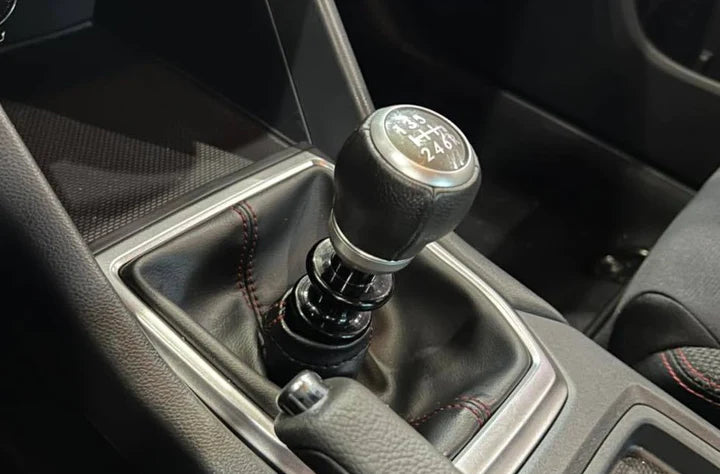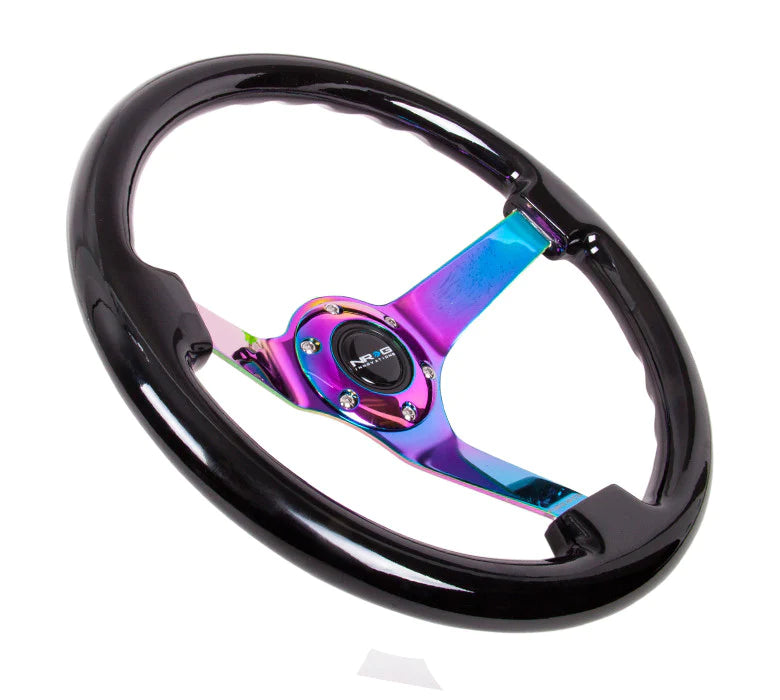Understanding the Importance of Air Oil Separators

From high-performance racers to eco-conscious hybrid vehicles, air oil separators (AOS) play a vital yet often underestimated role in engine maintenance and environmental protection. These innovative devices remove oil particles from the air before they circulate back into the intake system, ensuring a cleaner combustion process and preventing the accumulation of oil residues. Let’s examine their importance in the automotive sector, the types available, and the array of benefits they bring to obtain a better understanding of the importance of air oil separators.
An Air Oil Separator’s Vital Role
Air oil separators are essential components that prevent oil from entering a vehicle’s intake system, ensuring optimal engine performance and reducing emissions. By separating oil particles from the air before they can cause harm, these devices play a significant role in both vehicle maintenance and environmental protection.
Significance in the Automotive Industry
Air oil separators are more than just a part; they are instrumental in enhancing engine performance and longevity. By trapping oil before it can re-enter the combustion chambers, AOS systems ensure cleaner and more efficient engine operation. Their role becomes even more critical as automakers strive to meet stringent emission standards without compromising power.
Types of Air Oil Separators
There are several types of air oil separators available, each designed for specific vehicle needs and engine configurations. Understanding these types is crucial for choosing the right system to enhance your vehicle’s performance and efficiency.
Coalescing vs. Centrifugal Separators
Two primary designs dominate the realm of air oil separators, each with a unique method of oil separation. Coalescing separators use specialized media that encourages oil particles to merge into larger droplets, which can then drain into a dedicated area.
On the other hand, centrifugal separators rely on the force generated from the air/oil mixture spinning, forcing the oil outward for collection. Both types are effective, and the choice between them often depends on factors such as engine type, usage, and industry standards.
Benefits of Using Air Oil Separators
Air oil separators offer a plethora of advantages that extend beyond mere engine cleanliness. They are pivotal in reducing emissions, a critical factor in our global pursuit of cleaner, more sustainable driving practices. Furthermore, by enhancing engine efficiency and performance, these components play a significant role in ensuring vehicles run smoother and last longer.
Extended Engine Life
The benefits reaped from using air oil separators extend beyond immediate engine efficiency. By removing oil from the intake air, AOS systems help prevent the formation of carbon deposits, commonly known as “gunk,” in the engine. This protection can significantly lengthen the life of the engine, saving drivers from costly overhauls and replacements.
Reduced Emissions
An engine that operates more efficiently thanks to an air oil separator ultimately emits fewer pollutants into the environment. Emissions are a major concern across the automotive landscape, with regulations getting stricter. AOS is a tool that allows vehicles to maintain peak performance while reducing their overall ecological footprint.
Environmental Impact and Oil Recycling
The environmental benefits of air oil separators extend beyond the immediate vicinity of the engine compartment, contributing significantly to sustainability efforts in the automotive sector. By allowing for the capture and potential recycling of oil, AOS systems play a crucial role in reducing waste and promoting the reuse of resources.
Maintenance and Installation Processes
Proper maintenance and correct installation are pivotal to the effective functioning of air oil separators. For maintenance, most air oil separators require regular checks to ensure they efficiently capture oil without any clogs or overflows.
The maintenance process involves inspecting the collection container and emptying it periodically, based on manufacturer recommendations or more frequently depending on the vehicle’s usage patterns.
The installation process of an air oil separator can vary significantly between different vehicle types and models. It typically involves connecting the AOS to the crankcase and intake system, ensuring a tight and secure fit to avoid leaks.
While some automotive enthusiasts opt for DIY installation using kits provided by manufacturers, it’s best to have a professional mechanic or a specialized technician perform the installation. They can ensure that the AOS is compatible with the specific engine setup and that it operates as intended without interfering with the vehicle’s other functions or warranty.
The Future of Air Oil Separators
As the automotive industry continues its relentless pursuit of sustainability and efficiency, the importance of air oil separators (AOS) is set to escalate. Innovative designs and advanced materials are paving the way for next-generation AOS systems that promise enhanced performance and environmental benefits.
The future of air oil separators lies in their integration with evolving automotive technologies, aiming to achieve the perfect balance between high performance and low emissions.
Continued Innovation
As the automotive industry evolves, air oil separators are subject to continuous innovation. Manufacturers and engineers are constantly refining these devices to make them more effective, compatible with a wider range of engines, and in line with future legislation and environmental goals.
The Role in Electric and Hybrid Vehicles
Electric and hybrid vehicles may not have internal combustion engines, but they do use auxiliary systems that can benefit from air oil separators. Components such as range extenders and onboard generators, which are still in some vehicles, can use AOS technology to ensure that they operate as efficiently and cleanly as possible.
More Than a Mere Component
Air oil separators are not just another part of an engine’s puzzle; they are pieces of a larger environmental and performance-focused picture.
Understanding their role and significance is vital for anyone passionate about automobiles and the environment. For those looking to make a difference in their driving experience and the planet’s future, considering an air oil separator could be a small yet powerful choice.
Whether you’re a race car driver, a weekend tinkerer, or simply a driver conscious of the ecological impact of your vehicle, air oil separators have something to offer. They stand as an example of how a seemingly small technology can have far-reaching effects when it comes to engine health, environmental preservation, and the future of mobility.
